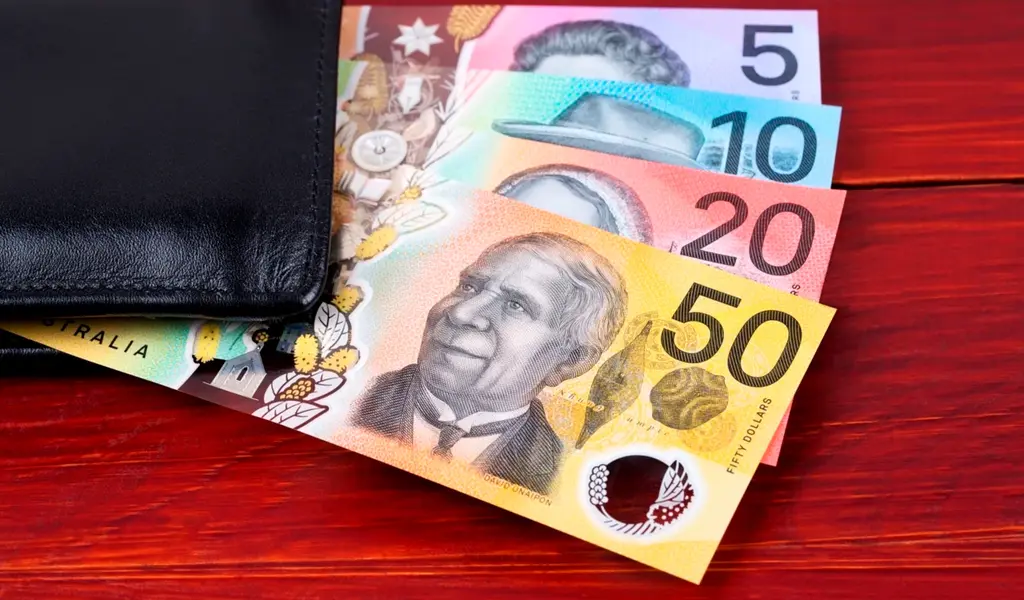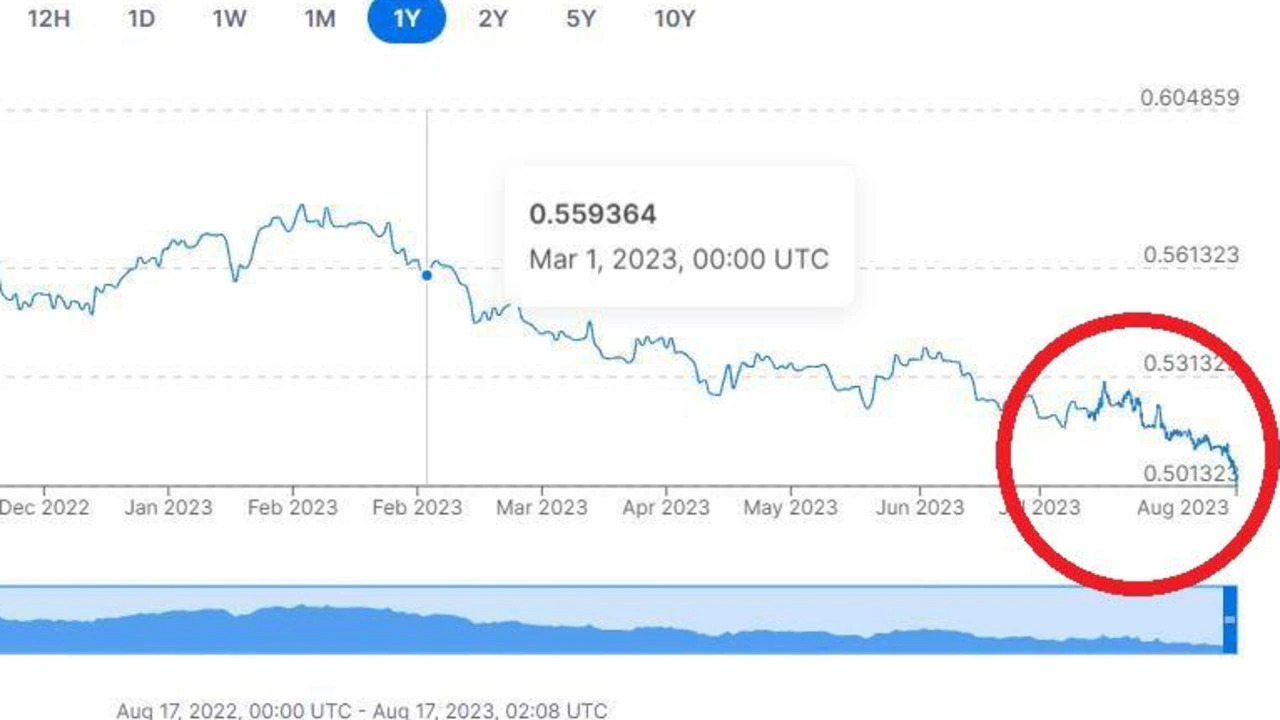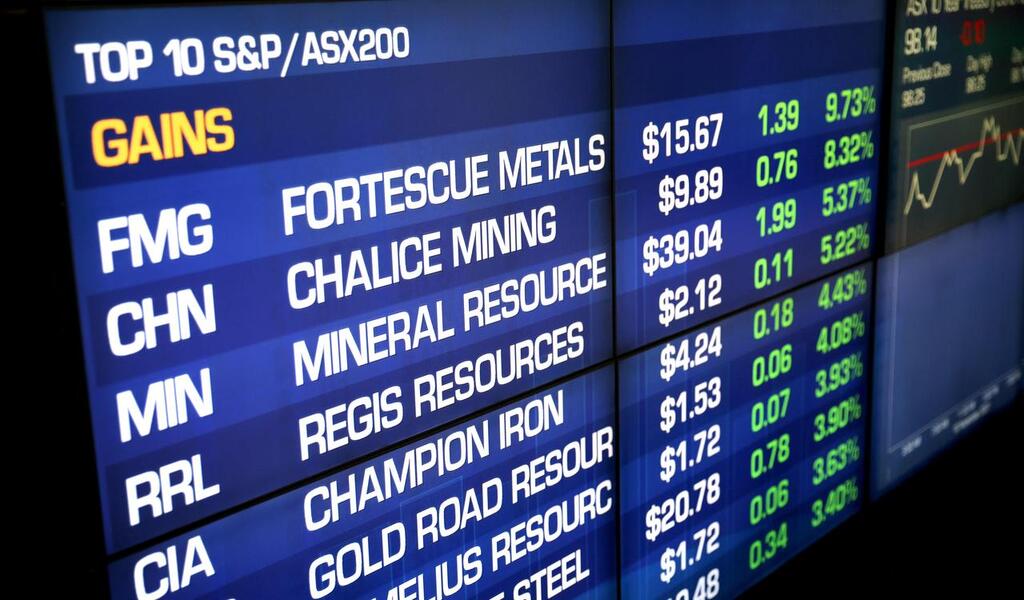(CTN NEWS) – The Australian dollar’s recent precipitous decline, especially against the US dollar, has sparked inquiries into its causes and potential repercussions.
Analysts are contemplating the possibility of the dollar plummeting below the US60c mark, a prospect that could elicit elation among exporters and tourists while concurrently fostering an environment conducive to further interest rate hikes.
The Australian dollar has encountered a steep descent in recent times, particularly in contrast to the US dollar. This week, the Australian dollar hit a nadir of US63.63c, representing its lowest valuation since the preceding November.
Discounting this downturn and a more pronounced one that occurred during the initial tumultuous stages of the Covid-19 pandemic – when its value stood at approximately US57c – the dollar’s feebleness against the greenback has not been this pronounced since the global financial crisis of 2009.
Australian Dollar’s Interaction with Euro Reveals Parallel Narrative
A parallel narrative unfolds in the Australian dollar’s interaction with the euro. On the preceding Friday, the currency barely surpassed 59 euro cents in value. This figure, excluding the impact of the Covid-induced dip, marks the lowest point since the global financial crisis.
Visitors from Britain attending the World Cup in Australia find themselves in an advantageous position, benefiting from a nearly $2 exchange rate for every pound.
Beyond the downturn caused by Covid-19, the last instance of the Australian dollar’s vulnerability to such an extent against the pound was during the Brexit referendum, when Britain voted in favor of leaving the European Union.
The US dollar serves as the prevailing benchmark for Australians, despite the limited extent of bilateral trade with the United States.
The significance of the exchange rate lies in the fact that a substantial portion of Australia’s exports consists of commodities denominated in US dollars.
Causes Behind the Recent Downturn
The recent descent in the Australian dollar’s value can be attributed to two prominent factors that have come into play.
Foremost, the unexpected robustness of the US economy has spurred anticipations of another increase in the federal reserve’s key interest rate, following the rise witnessed in July, pushing it into a range of 5.25% to 5.5%.
In stark contrast, the Reserve Bank of Australia has maintained its cash rate at 4.1% since June. This stance remains unaltered despite two instances of lackluster data, encompassing modest wage growth and an uptick in the unemployment rate.
These developments have further solidified the prevailing belief that the RBA’s actions are at a standstill.
The divergence in the two interest rates, a divergence that could potentially expand further, will steer investors towards acquiring US dollars while offloading Australian dollars.
The second major influence is China’s unexpectedly feeble economic resurgence subsequent to its stringent Covid-induced lockdowns.
The occurrence of deflation in July, contrary to the predominantly inflationary concerns elsewhere, has only amplified apprehensions surrounding China’s economic performance.
Investors frequently perceive the Australian and New Zealand dollars as indicators of China’s economic state due to the trade exposure of these economies.
Australia’s exports to China, including Hong Kong, hold a comparable value to the combined exports to the next four largest trade partners.
In its most recent quarterly statement of monetary policy, the Reserve Bank of Australia underscored “China’s uneven recovery from Covid-19 restrictions” as the foremost entry in its list of “key domestic uncertainties.”
Navigating the ‘Doom Loops’ in Forex Markets
Ray Attrill, the head of foreign exchange strategy at NAB, emphasizes the capricious and dramatic nature of forex markets.
At present, his team is in the process of reassessing their earlier projection that the Australian dollar would reach approximately 70 US cents by the year’s end, a forecast that is progressively appearing less feasible.
While the psychological threshold of 60 US cents is gaining significant attention, it’s important to note that this level has not yet become NAB’s official prediction.
The emergence of a “doom loop” is becoming evident as a sequence of events unfolds, with Japan, China, and South Korea sequentially allowing their currencies to weaken in order to bolster their export sectors.
Attrill underscores that this phenomenon is intricately linked to the Bank of Japan’s policy framework, which aims to maintain a weakened yen against the US dollar.
RELATED CTN NEWS:
Xi Jinping’s Vision For China’s Future: Cultivating Socialist Ideology And Long-Term Focus
Russian Ruble’s Odyssey Through Conflict And Economic Choices: Central Bank’s Intervention Plan
Asia-Pacific Markets Slide On Monday, Driven By Hong Kong’s Hang Seng Index’s 2% Drop








